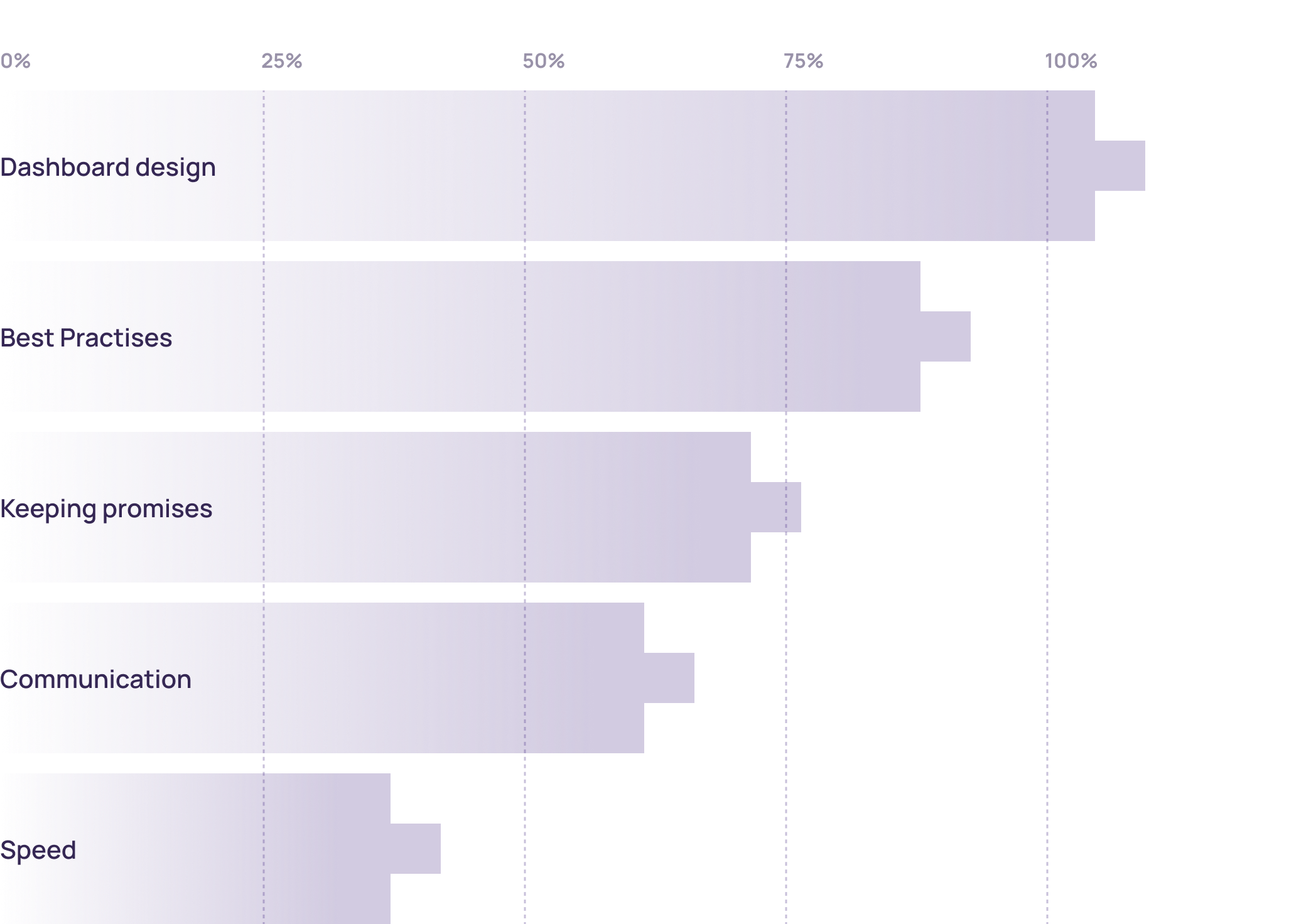Launch Best-in-ClassInternet of Things technology Business Intelligence in Just 48 Hours
25
Data Sources
57
Metrics / KPIs
34
Charts
1
AI decision making assistants
Launch Best-in-ClassInternet of Things technology Business Intelligence in Just 48 Hours
25
Data Sources
57
Metrics / KPIs
34
Charts
1
AI decision making assistants
How accurate are the readings from various sensors?
What is the average data transmission latency per device?
How many sensors have been deployed, and where are they located?








Virtual Show Room
If you want to see how leading Internet of Things technology companies turn device data into real-time decisions, join our showroom session. We’ll walk you through the platforms they rely on — such as AWS IoT, Azure IoT Hub, InfluxDB, and Power BI — and show how they integrate sensor data, edge analytics, and cloud infrastructure for seamless monitoring and control. Together, we’ll explore key metrics like device uptime, data packet loss, latency, energy consumption, and predictive maintenance triggers, and review dashboards used for operational oversight and product optimization. By the end of the session, we’ll outline a tailored decision-making system designed around your IoT architecture and business goals.
Best Practice Data Stack
At Data Never Lies, we understand that Internet of Things technology companies rely on real-time, high-volume data to power smarter devices and connected ecosystems. That’s why we build scalable data infrastructures using platforms like AWS IoT, Azure IoT Hub, InfluxDB, and Grafana — tailored to collect, process, and visualize data from millions of endpoints. From tracking metrics like device uptime, latency, signal strength, and energy usage to enabling predictive maintenance, anomaly detection, and remote monitoring, we turn raw telemetry into actionable insights. With our expertise, your IoT data isn’t just organized — it becomes a strategic asset that fuels innovation, reliability, and operational intelligence.
25 Data Sources
Launch Best-in-Class Internet of Things technology Company Business Intelligence in Just 48 Hours
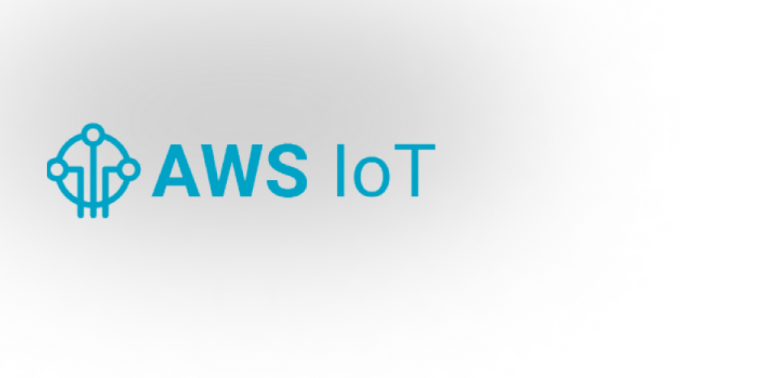
AWS IoT
A cloud service for connecting, managing, and analyzing IoT devices with real-time data processing and machine learning.

Google Cloud IoT
A suite of cloud-based services enabling secure IoT device management, data analytics, and machine learning integrations.
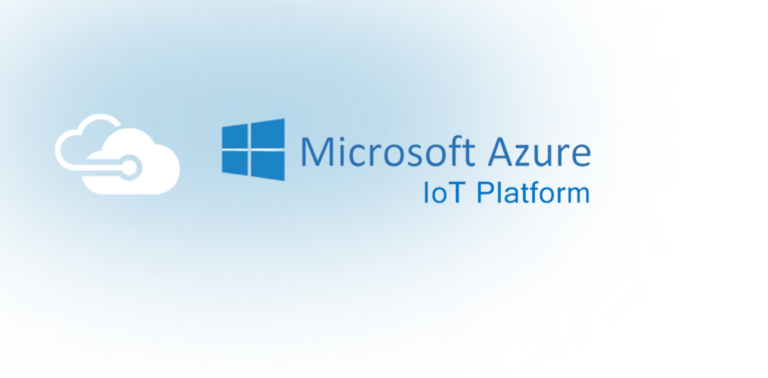
Microsoft Azure IoT Hub
A cloud solution for securely connecting, monitoring, and managing IoT devices with analytics and automation.
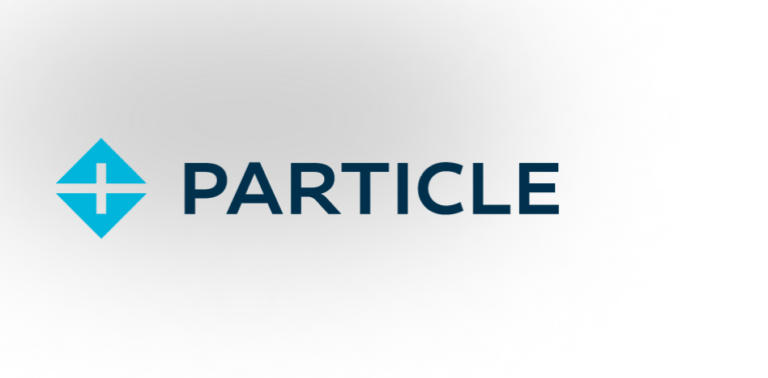
Particle
An IoT platform offering hardware, connectivity, and cloud services for building and managing connected devices.

ThingsBoard
An open-source IoT platform for real-time data collection, visualization, and device management.

Ubidots
A cloud-based IoT platform for turning sensor data into actionable insights through real-time dashboards and automation.
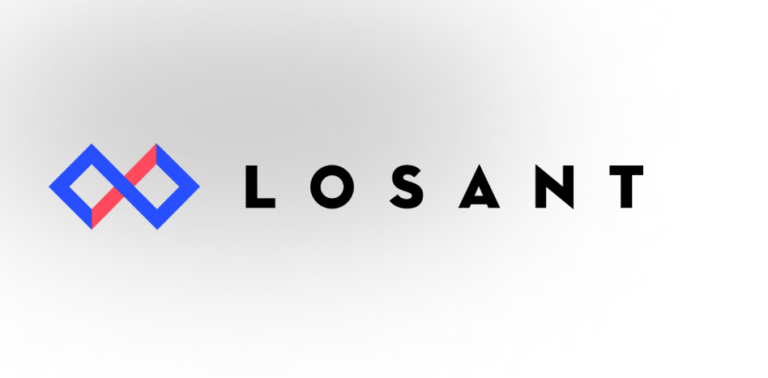
Losant
A low-code IoT application platform for data visualization, workflow automation, and device management.

OpenRemote
An open-source IoT platform for integrating, managing, and automating smart devices and systems.

Siemens MindSphere
A cloud-based IoT platform for industrial applications, enabling data-driven insights and predictive maintenance.
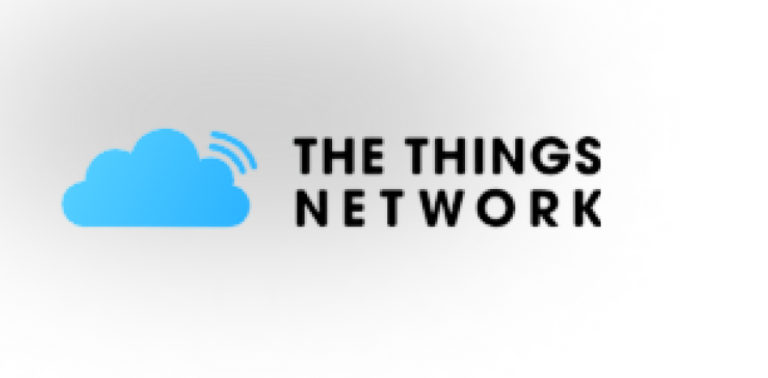
TTN (The Things Network)
A global LoRaWAN network enabling low-power IoT connectivity for smart cities and industrial applications.

Sigfox
A low-power, wide-area network (LPWAN) for IoT devices, designed for long-range, low-bandwidth communication.
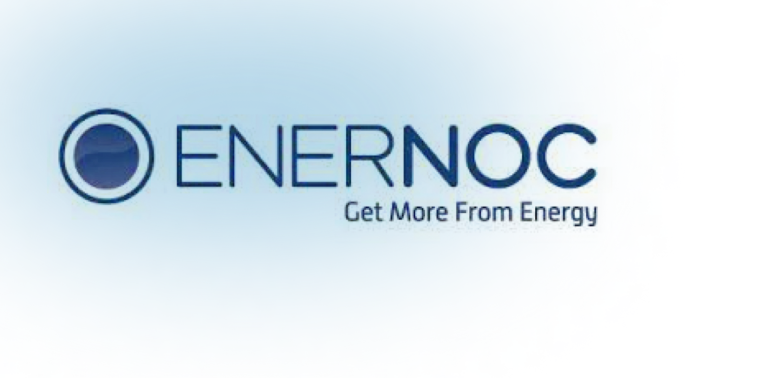
EnerNOC
An energy management platform providing real-time energy analytics and demand response solutions for businesses.

Wattics
A cloud-based energy management platform for monitoring and optimizing energy consumption in businesses and industries.
57 Metrics
Launch Best-in-Class Internet of Things technology Company Business Intelligence in Just 48 Hours
DUP
Device Uptime Percentage – The percentage of time a device remains operational, measuring reliability and availability.
DPSR
Data Packet Success Rate – The percentage of successfully transmitted data packets, indicating network reliability and efficiency.
SDC
Sensor Deployment Count – The total number of sensors installed and active within a system or environment.
ECPD
Energy Consumption per Device – The amount of power used by an individual device over a specific period.
DVC
Data Volume Collected – The total amount of data gathered from devices or sensors within a given timeframe.
AT
Alerts Triggered – The number of notifications or warnings generated based on predefined thresholds or anomalies.
ADR
Anomaly Detection Rate – The percentage of unusual or unexpected data points identified within a dataset.
LPD
Latency per Device – The time delay in data transmission or processing for a specific device.
SAR
Sensor Accuracy Rate – The percentage of correctly recorded measurements compared to actual values.
DUP
GA
Geolocation Accuracy – The precision of a device’s reported location compared to its actual position.
DPS
Data Processing Speed – The rate at which data is analyzed and processed after collection.
SDC
Sensor Deployment Cost – The total expenses incurred in installing and activating sensors.
DIR
Data Integrity Rate – The percentage of data that remains accurate and unaltered throughout transmission and storage.
AT
34 Charts
Launch Best-in-Class Internet of Things technology Company Business Intelligence in Just 48 Hours
Uptime Over Time
Tracks device uptime percentage over time, highlighting performance trends and potential reliability issues.
Success Rate by Device
Compares data packet success rates across devices, identifying network reliability variations.
Deployments by Region
Visualizes the distribution of sensor deployments across different geographical locations.
Energy Consumption by Device
Displays power usage per device, helping monitor efficiency and potential energy-saving opportunities.
Data Volume by Device
Tracks the amount of data collected from each device over time.
Alerts by Sensor
Shows the number of alerts triggered by each sensor, identifying frequent issue sources.
Anomalies Detected Over Time
Tracks detected anomalies over time, revealing potential system irregularities.
Maintenance Requests by Device
Displays the number of maintenance requests per device, highlighting frequent failures.
Latency by Device
Compares data transmission delays across devices, identifying potential performance bottlenecks.
Accuracy by Sensor Type
Shows the accuracy rate of different sensor types, evaluating measurement reliability.
Geolocation Accuracy by Region
Visualizes geolocation precision across regions, highlighting discrepancies in positioning data.
Processing Speed by Dataset
Compares the time taken to process different datasets, identifying efficiency gaps.
Cost per Deployment
Breaks down deployment costs by category, helping analyze budget allocation.
Outages by Device
Displays the number of power outage events affecting each device.
Integrity Rate by Dataset
Compares data integrity percentages across datasets, identifying reliability issues.
Why customers love us (>100 review)
We’ve identified the top five reasons why our clients choose to work with us and continue partnering with us for years.
